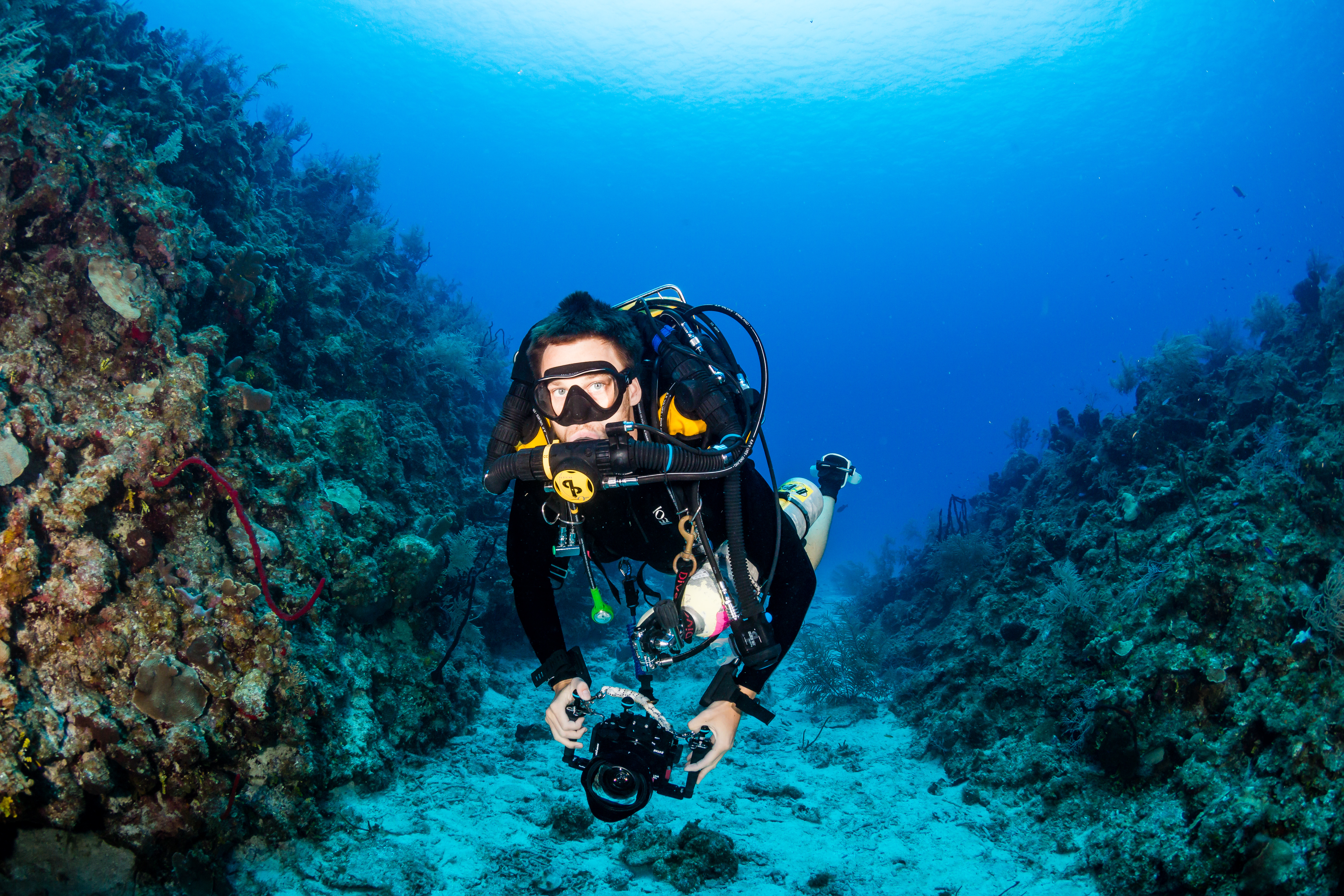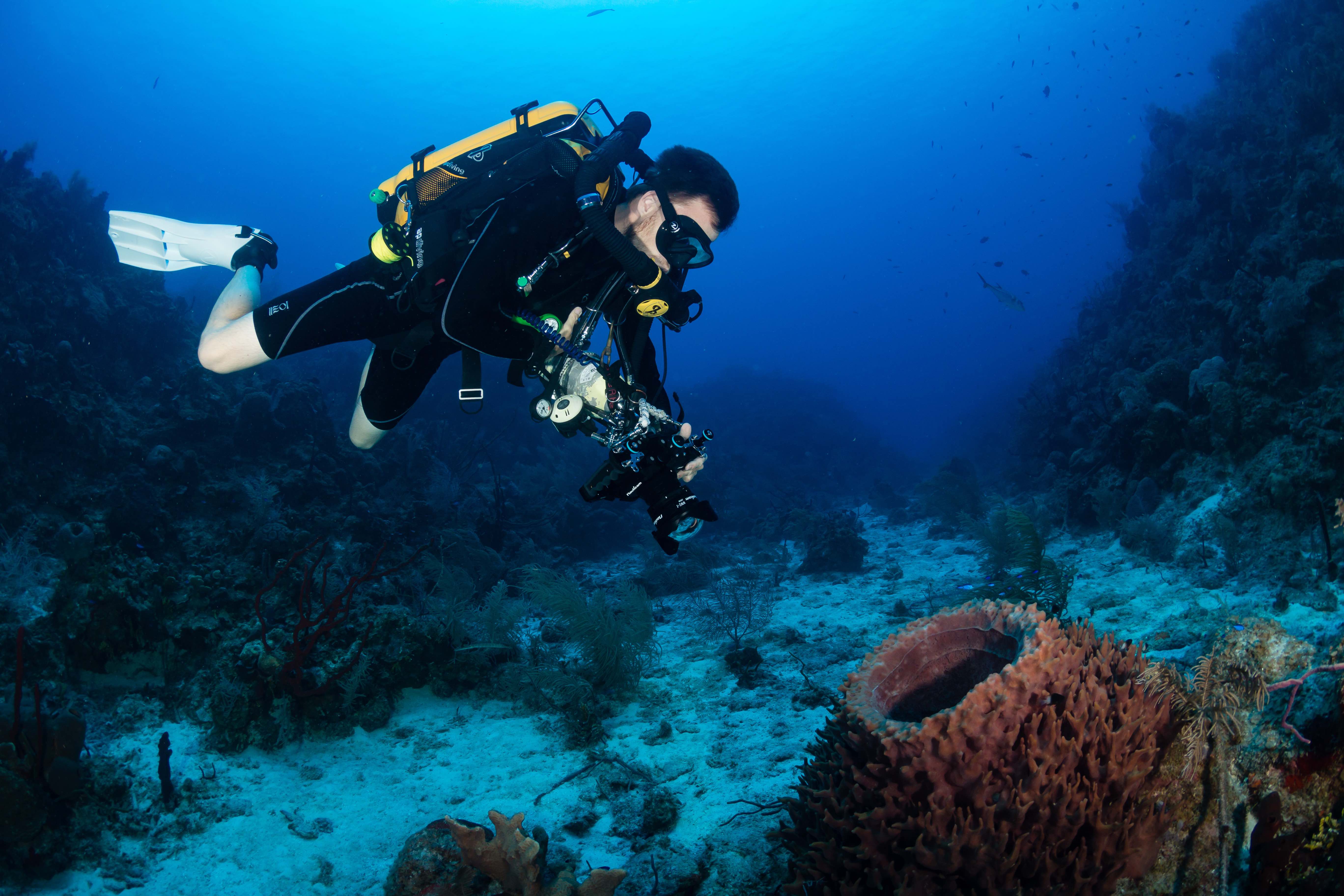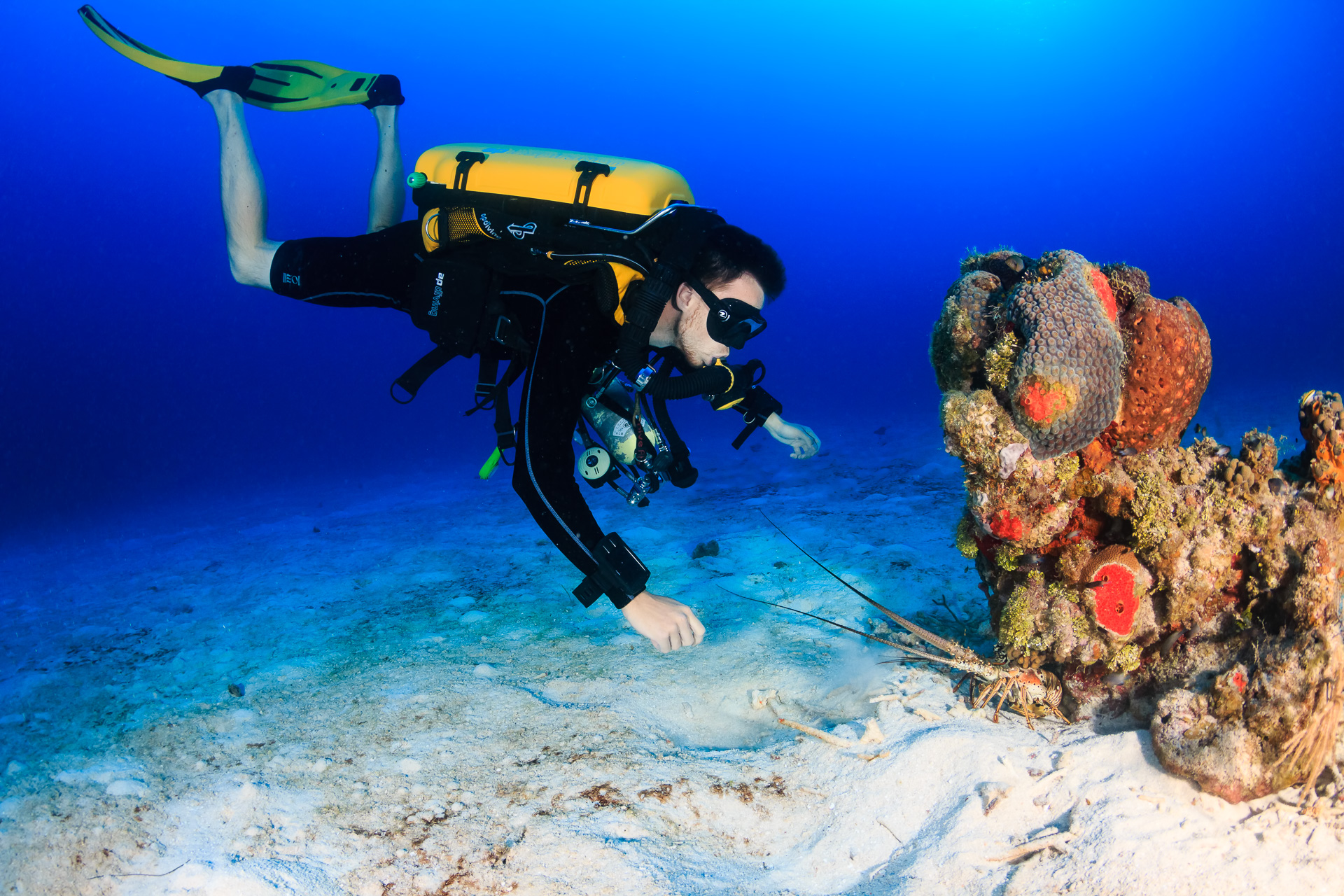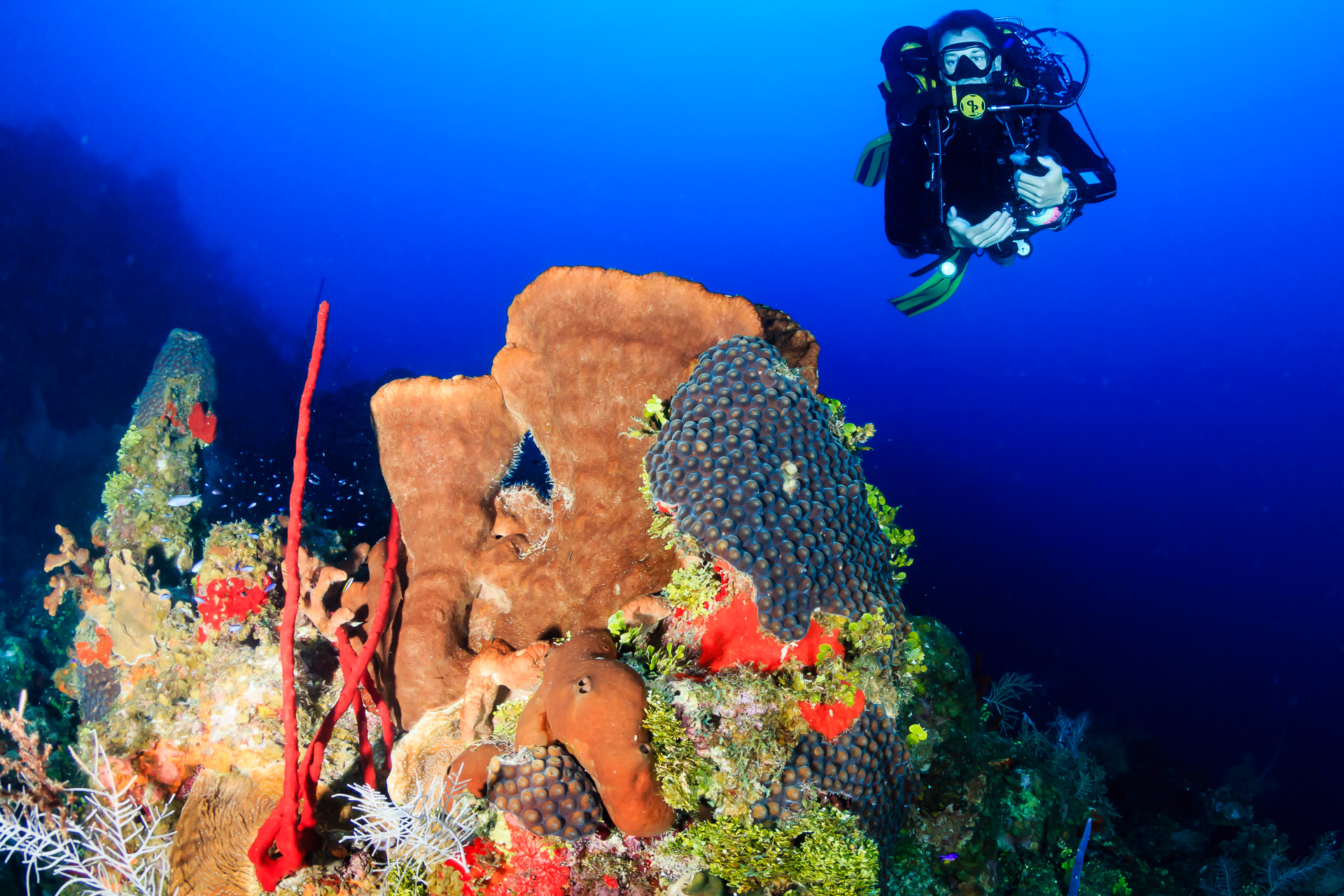On my most recent adventures as the European Rolex Scholar, I have set out to explore closed circuit rebreathers, specifically the AP Inspiration XPD. Closed circuit rebreathers (CCR) incorporate advanced technology to remove carbon dioxide from the exhaled air and add oxygen to provide the best nitrox mix to the diver at any depth. This sounds like the rebreather does the thinking for you, allowing the diver to sit back, relax and enjoy the bubble-free and silent world underwater. I learned very quickly that the opposite is the case.
TDI Rebreather Training with Mark Powell
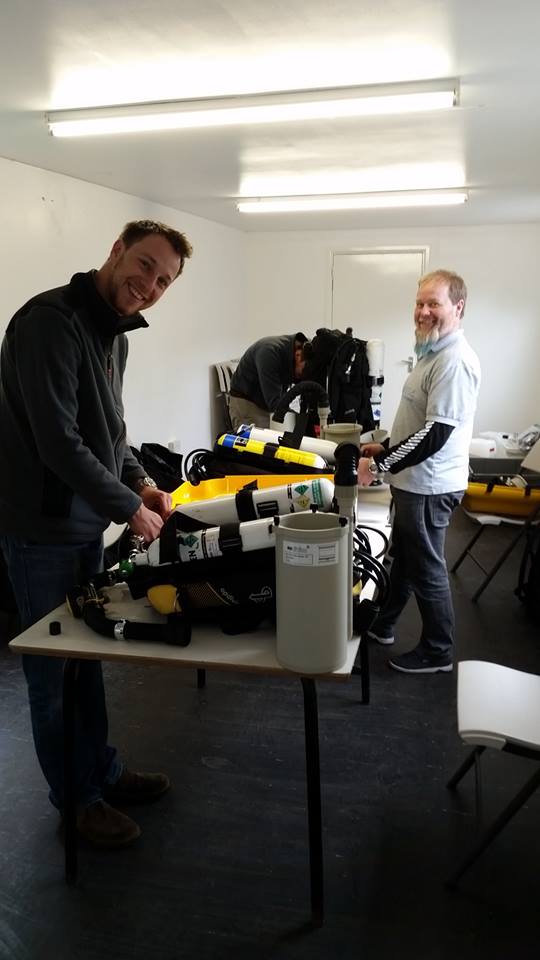
As a matter of fact, my first rebreather dive was the most difficult underwater experience I have ever had. On open circuit SCUBA, the lungs play a significant role in buoyancy regulation: inhaling deeply is often enough to establish neutral buoyancy and avoid contact with the bottom. When I descended on my first CCR dive, I took a deep breath to slow my descent and crashed into the bottom. On a rebreather, the lungs are part of the breathing loop, which is at ambient pressure — so breathing makes no difference to the position in the water column. While I was aware of this from the beginning, my subconscious muscle memory took some time to learn, resist the urge to inhale and replace this reflex action with controlled use of the buoyancy compensator.
Mark Powell showed me the ropes in rebreather diving on his TDI Air Diluent CCR course at Chepstow and Vobster Quay. It was through Mark’s outstanding instruction and patience that I got to grips with buoyancy control on the rebreather. Skills like deploying a DSMB that are easy on open circuit were a lot more difficult with the added task load of monitoring the partial pressure of oxygen and maintaining minimum volume of the breathing loop. The TDI rebreather training with Mark was certainly the most challenging yet the most rewarding course I have ever done and I enjoyed every minute of it. Mark’s enthusiasm and dedication to technical diver training was inspirational and his instructor skills are second to none. As the celebrated author of ‘Deco for Divers’ he has made complex dive theory accessible to every diver. His teaching methods ensure that his students at Dive-Tech UK are prepared for the diving they want to do.
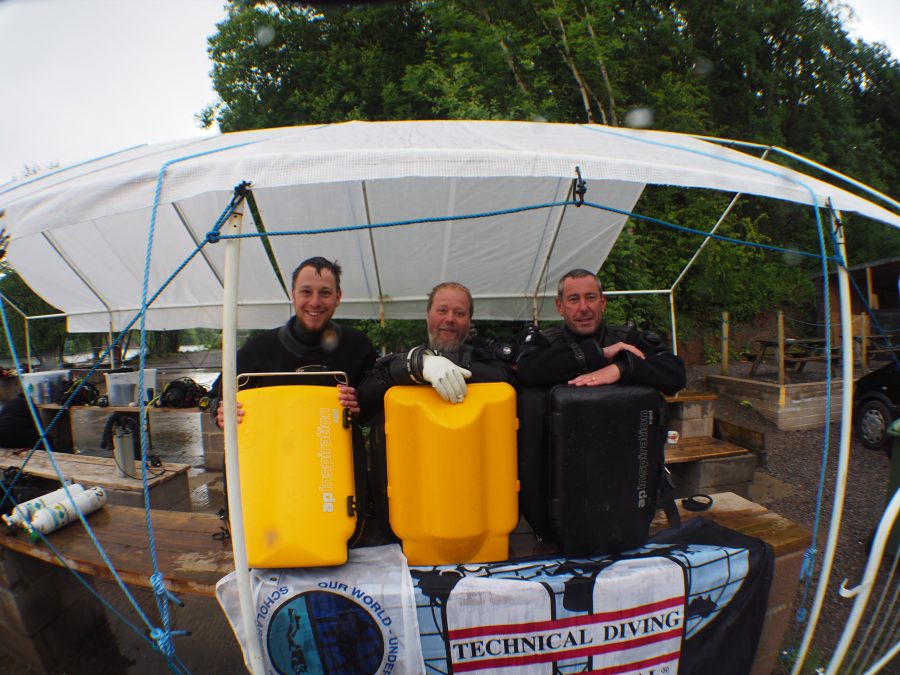
Rebreather diving in the Caribbean
After the course, I wanted to do as much diving as possible to gain further confidence on the rebreather. Thanks to the team at Divetech Grand Cayman, I had the great opportunity to visit the Cayman Islands and dive with them from Lighthouse Point, West Bay. With a variety of rebreathers and CCR supplies on site as well as a team of rebreather instructors, Divetech Grand Cayman is the ideal place to learn and expand rebreather diving skills. For myself, this was the chance to do my first (!!!) dives on coral reefs and to further practice a multitude of skills and build hours on the CCR unit.
Given my UK wreck diving experience where I had never seen an entire shipwreck because of the limited visibility, I was in awe when I first dived the Ex-USS Kittiwake in crystal clear visibility, allowing me to take in a view of the entire ship. This Caribbean diving experience went far beyond my expectations, with regular encounters of nurse sharks, green sea turtles, southern eagle rays, moray eels and other phenomenal wildlife making this trip truly unforgettable.
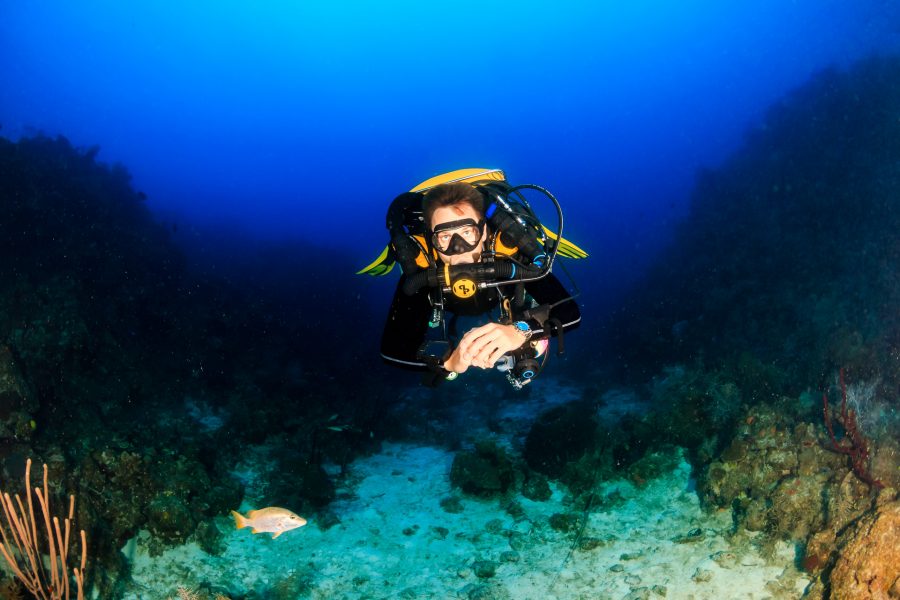
Ambient Pressure Diving has developed and evolved Inspiration rebreathers based on a tremendous amount of expertise in manufacturing sports, technical and military diving equipment. I am over the moon with the performance of the unit, its breathing comfort and reliability underwater and I am already very excited for my next closed-circuit diving trip.
